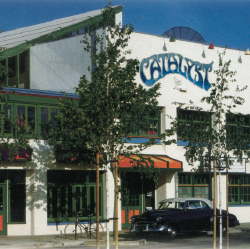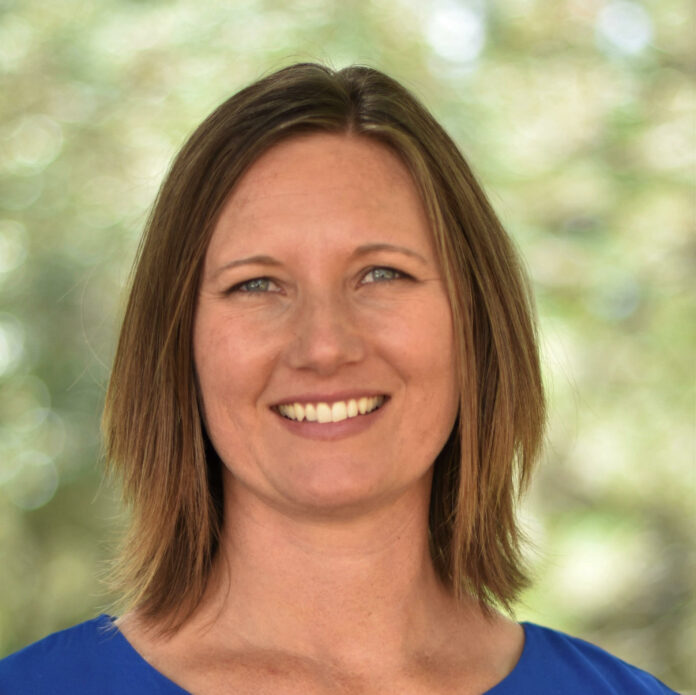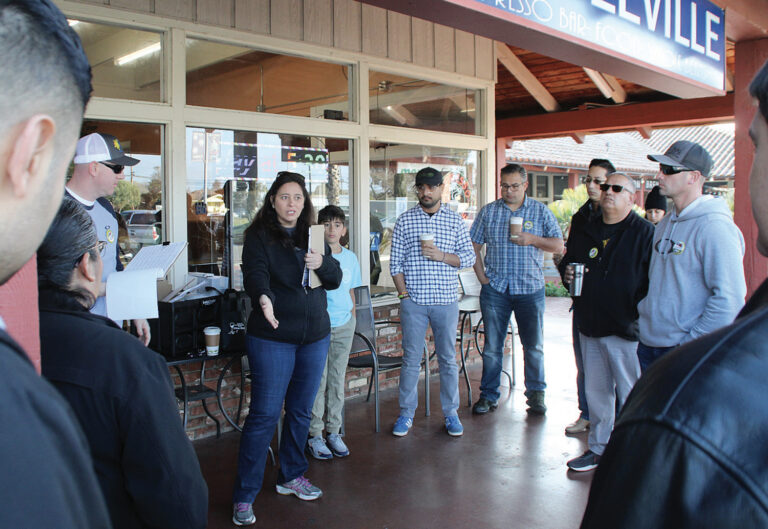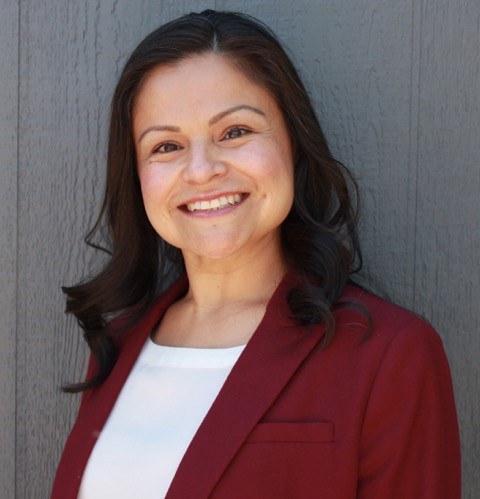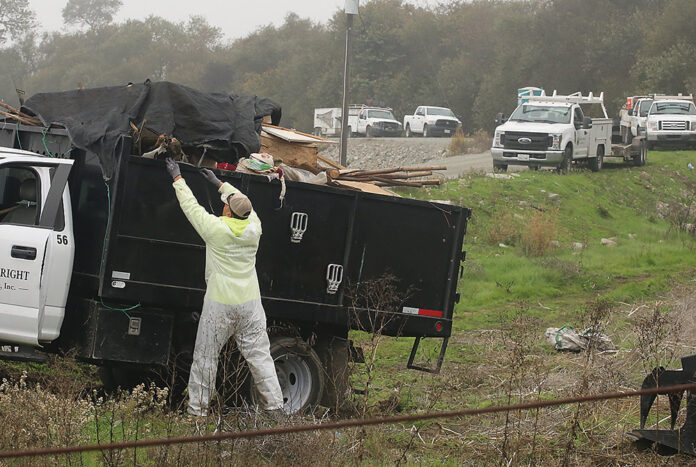A weekly guide to what’s happening.
ARTS AND MUSIC
CELTIC TEEN BAND PROGRAM Teenage musicians ages 12-19 play in an ensemble, developing musicianship, flexibility, and musical creativity. Participants work on music from Ireland, Scotland, Brittany, Norway, Sweden, and the United States, in addition to modern and more quirky pieces. Instruments welcomed include fiddle, viola, flute, tin whistle, pipes, cello, upright bass, guitar, mandolin, banjo, dulcimer, autoharp, ukulele, Celtic harp, accordion and percussion. Students must have at least two years of experience on their instrument and must be able to read sheet music and chord symbols. The group meets twice a month Wednesday afternoons from 3:30-5pm at the London Nelson Center with fiddle teacher John Weed. Cost is free-$10 per session on a sliding scale. Potential students are welcome to come for a session and see if they like it—no obligation! More information and registration at CommunityMusicSchool.org/teenband. Wednesday, Dec. 1, 3:30pm. London Nelson Community Center, 301 Center St., Santa Cruz.
PUMP BOYS AND DINETTES Filled with an exuberant mixture of country/pop/rock and musical theatre tunes, Pump Boys is a slice-of-life show about some down-home folks who run the local gas station and diner in a rural southern town. This cast of characters and their straightforward take on life, love and music will leave you tapping your foot and smiling from ear to ear. Thursday, Dec. 2, 7:30pm. Friday, Dec. 3, 8pm. Saturday, Dec. 4, 8pm. Sunday, Dec. 5, 2pm. The Colligan Theater, 1010 River St., Santa Cruz.
THE UCSC JAZZ ORCHESTRA UNDER DIRECTOR CHARLES HAMILTON PRESENTS CHARLES TOLLIVER PERFORMING JOHN COLTRANE’S AFRICA/BRASS AT 60 CELEBRATION Experience John Coltrane’s legendary classic Africa/Brass in its entirety in this new show, reconstructed by guest artist, world renowned jazz trumpeter Charles Tolliver, with featured artists: Charles Tolliver, Charles Hamilton, and Karlton Hester. Saturday, Dec. 4, 7:30pm. UCSC Theater Arts Mainstage Theater, Meyer Dr. & McHenry Road, Santa Cruz.
WESTSIDE MARKETPLACE HOLIDAY EDITION It’s our last weekend at the Wrigley for 2021! Bring your holiday list and shop amongst the one-of-a-kind creations from our 40+ artists and makers—all while getting your food truck fix on. Michael Gaither & Friends perform live from 1-4pm. Free admission, easy parking, friendly leashed pups are welcome. For the full list of vendors and more details visit scmmakersmarket.com or foodtrucksagogo.com. Sunday, Dec. 5, 11am-5pm. The Old Wrigley Building, 2801 Mission St., Santa Cruz.
WHEN WE PAINT OUR MASTERPIECE: THE ART OF THE GRATEFUL DEAD COMMUNITY Learn how the members of the Grateful Dead and the global Deadhead community took inspiration from one another in creating an image-rich, worldwide art practice that, like the band’s music, scrambled perceived standards and norms. The creative works presented in When We Paint Our Masterpiece reveal a world full of variety when it comes to design practices, international traditions, visual icons, and vernacular art forms. There has been space for all of these patterns and visions in the community of fans and fellow artists that blossomed around the band, and that community of creators continues to thrive today. This exhibit explores the mutual appreciation among fans as well as between fans and the band. Free. McHenry Library, UCSC, 1156 High St., Santa Cruz. Through December 22, 2022.
COMMUNITY
COMMUNITY PILATES MAT CLASS Come build strength with us. This very popular in-person community Pilates Mat Class in the big auditorium at Temple Beth El in Aptos is in session once again. Please bring your own mat, small Pilates ball and theraband if you have one. You must be vaccinated for this indoor class. Suggested donation of $10/class. Thursday, Dec. 2, 10am. Tuesday, Dec. 7, 10am. Temple Beth El, 3055 Porter Gulch Road, Aptos.
CUÉNTAME UN CUENTO Join us for Spanish storytime, activities, and music! This program is best suited for kids ages 0-8 and their families. Storytime takes place on Wednesday at 4:30pm. We will meet on the outside porch. Storytime will take place at Capitola during Live Oak’s construction period. In the event of bad weather, storytime will be cancelled. Wednesday, Dec. 1, 4:30pm. Capitola Library A Santa Cruz City County Public Library Branch, 2005 Wharf Road, Capitola.
FARLEY’S CHRISTMAS WONDERLAND From Saturday, November 27 to Friday, December 31 (except when it’s raining), Farley’s Christmas Wonderland will be open. A walk-in Christmas display located in the midtown of Santa Cruz, this exhibit is very traditional: lots of Christmas trees, garlands, sleighs, an elf village, a miniature village, and a log cabin that Santa uses for his rest stops. There is also a fairy grotto with two waterfalls and fairies that can be viewed on special nights. Also, on those special nights, it even snows! Donations are welcome. 108 Seaview Ave., Santa Cruz. farleys-christmas-wonderland.com.
HOLIDAY LIGHTS TRAIN A seasonal tradition returns to Santa Cruz with the Santa Cruz Holiday Lights Train. Vintage excursion cars, adorned with thousands of colorful lights, roll through city streets past homes of Santa Cruz. First-class private coach cars can also be reserved for groups up to 50 people. Availability is limited so book in advance. Roaring Camp Railroads, 5401 Graham Hill Road, Felton. Runs through Dec. 23. Schedule and tickets at roaringcamp.com.
HOLIDAY LIGHTS 2021 The Santa Cruz County Fairgrounds Foundation and the Agricultural History Project presents Holiday Lights 2021 at the Santa Cruz County Fairgrounds. Holiday Lights is a half-mile drive-through experience at the fairgrounds of spectacular lighted holiday displays. See giant Christmas trees twinkling with lights, Santa, reindeer, snowmen, lighted tunnels and more. New this year are two evenings of walk-through holiday lights on Friday, Dec. 3 and Saturday, Dec. 4 in conjunction with the Heritage Holiday Craft and Gift Fair. Tickets will only be available at the gate for these two evenings, and ticket gets you admission to Holiday Fair Shopping, too. For drive-through tickets (Thursday, Friday, Sunday), go eventbrite.com/e/holiday-lights-tickets.
GREY BEARS BROWN BAG LINE Grey Bears are looking for help with their brown bag production line on Thursday and Friday mornings. Volunteers will receive breakfast and a bag of food if wanted. Be at the warehouse with a mask and gloves at 7am. Call ahead for more information: 831-479-1055, greybears.org. Thursday, Dec. 2, 7am. California Grey Bears, 2710 Chanticleer Ave., Santa Cruz.
HOPI, NAVAJO, AND APACHE COMMUNITIES Curtis Reliford and the Peace trailer will be open to receive gifts for the Hopi, Navajo, and Apache communities in Arizona and New Mexico.
Here are the items on the wish-lists: warm jackets, boots, pants in large sizes (especially mens), new toys, new underwear, roll(s) of black roofing “paper” for flat roofs, vinyl windows, hammers, nails, shovels, rakes, hand tools of all kinds. Help Curtis bring an abundant, merry Christmas to our sisters and brothers in the Southwest. Money for gas is also appreciated. Saturday, Dec. 4, 9am-noon. Peace United Church of Christ, Santa Cruz, 900 High St., Santa Cruz.
KNITTING AT THE FELTON LIBRARY Join us every Monday afternoon at the Felton Branch for a knitting party. All you need to do is bring some yarn and knitting needles. All ages are welcome. Monday, Dec. 6, 12:30pm. Felton Branch Library, 6121 Gushee St., Felton.
LA SELVA BEACH PRESCHOOL STORYTIME Join us for a fun interactive storytime. We’ll read books, sing songs and use rhythm and movement. This event is suitable for children ages 3-6 years. There will be an arts and crafts project to take home. This event will be held outside on the back patio. Please bring something to sit on and dress for the weather. Masks will be required. Repeats weekly. Tuesday, Dec. 7, 11am. La Selva Beach Branch Library, 316 Estrella Ave., La Selva Beach.
PRESCHOOL STORYTIME IN THE SECRET GARDEN Join us in the Secret Garden in Abbott Square at the MAH for storytime! We’ll share stories, songs and rhymes in a safe environment! This 30-40 minute program is intended for children aged 2-6. Do it yourself craft kits will be provided every week. Every other week we will feature STEM-related stories and concepts. Tuesday, Dec. 7, 11am. Abbott Square, 118 Cooper St., Santa Cruz.
R.E.A.D.: REACH EVERY AMAZING DETAIL CAPITOLA R.E.A.D. is one-on-one reading comprehension instruction for readers second-12th grade. Instructors are California credentialed teachers. Sessions are 25 minutes long. By appointment only. Contact SCPL Telephone Information if you have any questions: 831-427-7713. Wednesday, Dec. 1, 3pm. Capitola Library A Santa Cruz City County Public Library Branch, 2005 Wharf Road, Capitola.
R.E.A.D.: REACH EVERY AMAZING DETAIL @ DOWNTOWN R.E.A.D. is one-on-one reading comprehension instruction for readers second-12th grade. Instructors are California credentialed teachers. Sessions are 25 minutes long. By appointment only. Contact SCPL Telephone Information if you have any questions: 831-427-7713. Thursday, Dec. 2, 3pm. Santa Cruz Public Libraries, 240 Church St., Santa Cruz.
R.E.A.D.: REACH EVERY AMAZING DETAIL @ LA SELVA BEACH R.E.A.D. is one-on-one reading comprehension instruction for readers second-12th grade. Instructors are California credentialed teachers. Sessions are 25 minutes long. By appointment only. Contact SCPL Telephone Information if you have any questions: 831-427-7713. Wednesday, Dec. 1, 3pm. La Selva Beach Branch Library, 316 Estrella Ave., La Selva Beach.
SPEAK FOR CHANGE WITH SARAH CRUSE & THOMAS SAGE PEDERSEN Sarah Cruse joins Thomas Sage Pedersen for the next Speak for Change Podcast live show, exploring emergence: the process of coming into view or becoming exposed after being concealed. Sarah will begin with a performance exploring the sound of emergence, by improvising and exploring the energy of the room to create a moment of reflection for people in the space. They will explore what emergence feels like in our personal, communal, and political lives. This will also be the celebration of Thomas’s 30th birthday! So come celebrate Thomas’s birthday by exploring emergence and celebrating his new journey into a whole new decade! Proof of vaccination is required for all attendees. Please bring a CDC vaccination card, a photo of a card, or a California SMART Health QR code. All attendees must be masked while inside the space. For more information visit indexical.org. Tuesday, Dec. 7, 7pm. Indexical, 1050 River St. #119, Santa Cruz.
THE SUSTAIN AUCTION: A FIRST FRIDAY RECEPTION AND HOLIDAY FUNDRAISER The Homeless Garden Project (HGP) announces its Sustain Auction: a First Friday Holiday Reception and Fundraiser in support of HGP’s proven transitional employment program. Featuring wine and delicious bites from the Soif Restaurant, each entry ticket will feature a stocking stuffer gift bag of organic products, along with a live auction and an entertaining program featuring local luminaries including City of Santa Cruz Mayor, Donna Meyers and incoming City of Santa Cruz Mayor, Sonja Brunner (invited). Executive Director, Darrie Ganzhorn, says the event “puts a unique spin on HGP’s traditional First Friday holiday fundraiser. Sustain invites us to gather safely in person and celebrate the success of our trainees, as we raise funds to grow our program and operation at a critical time.” HGP’s 2021 live auction features fantastic experiential offerings, including a weeklong stay in Galway, Ireland, a sail on the San Francisco Bay, a private flight to Napa’s wine country, a stay at Yosemite, and more. Event tickets are $100 per person. Covid protocols require proof of vaccination and identification or a negative PCR test within 48 hours and indoor masking. Friday, Dec. 3, 6-8pm. Resource Center For Nonviolence, 612 Ocean St., Santa Cruz.
GROUPS
ENTRE NOSOTRAS GRUPO DE APOYO Entre Nosotras support group for Spanish speaking women with a cancer diagnosis. Meets twice monthly. Registration required, please call Entre Nosotras 831-761-3973. Friday, Dec. 3, 6pm. WomenCARE, 2901 Park Ave., Suite A1, Soquel.
FAMILY SANGHA MONTHLY MEDITATION Come help create a family meditation cooperative community! Parents will meet in the main room for about 40 minutes of silent meditation, followed by 10-15 minutes of discussion about life and mindful parenting. Kids will be in a separate volunteer-led room, playing and exploring mindfulness through games and stories. Parents may need to help with the kids for a portion of the hour, depending on volunteer turnout. All ages of children are welcome. Please bring toys to share. Quiet babies are welcome in the parents’ room. Donations are encouraged; there is no fee for the event. Sunday, Dec. 5, 10:30am-noon. Insight Santa Cruz, 740 Front St. #240, Santa Cruz.
S+LAA MENS’ MEETING Having trouble with compulsive sexual or emotional behavior? Recovery is possible. Our small 12-step group meets Saturday evenings. Enter through the front entrance, go straight down the hallway to the last door on the right. Thursday, Dec. 2, 6pm. Sutter Maternity & Surgery Center, 2900 Chanticleer Ave., Santa Cruz.
WOMENCARE ARM-IN-ARM WomenCARE Arm-in-Arm Cancer support group for women with advanced, recurrent, or metastatic cancer. Meets every Monday, currently on Zoom. Registration is required, call WomenCARE at 831-457-2273. All services are free. For more information visit womencaresantacruz.org. Monday, Dec. 6, 12:30pm. WomenCARE, 2901 Park Ave., Suite A1, Soquel.
WOMENCARE MEDITATION GROUP WomenCARE’s meditation group for women with a cancer diagnosis meets the first and third Friday from 11am-noon. For more information and location please call 831-457-2273. Monday, Dec. 6, 11am-noon.
WOMENCARE TUESDAY SUPPORT GROUP WomenCARE Tuesday Cancer support group for women newly diagnosed and through their treatment. Meets every Tuesday currently on Zoom. Registration required, call WomenCARE 831-457-2273. Tuesday, Dec. 7, 12:30-2pm.
WOMENCARE: LAUGHTER YOGA Laughter yoga for women with a cancer diagnosis. Meets every Wednesday, currently via Zoom. Registration is required, please call WomenCARE at 831-457-2273. Wednesday, Dec. 1, 3:30-4:30pm.
OUTDOOR
FREE TUESDAY AT UCSC ARBORETUM Community Day at the UCSC Arboretum, free admission on the first Tuesday of every month. Come explore the biodiversity of our gardens, great birdwatching or simply come relax on a bench in the shade. Tuesday, Dec. 7, 9am. UCSC Arboretum & Botanic Garden, 1156 High St., Santa Cruz.
HISTORIC RANCH GROUND TOUR Discover what life was like a century ago on this innovative dairy ranch. This hour-long tour includes the 1896 water-powered machine shop, barns and other historic buildings. The vehicle day-use fee is $10. For more information, call 831-426-0505. Spaces are limited and early pre-registration is recommended. Attendees are required to self-screen for Covid-19 symptoms when pre-registering. Masks and social distancing are also required at all programs. Saturday, Dec. 4, 1-2pm. Sunday, Dec. 5, 1-2pm. Wilder Ranch State Park, 1401 Coast Road, Santa Cruz.


